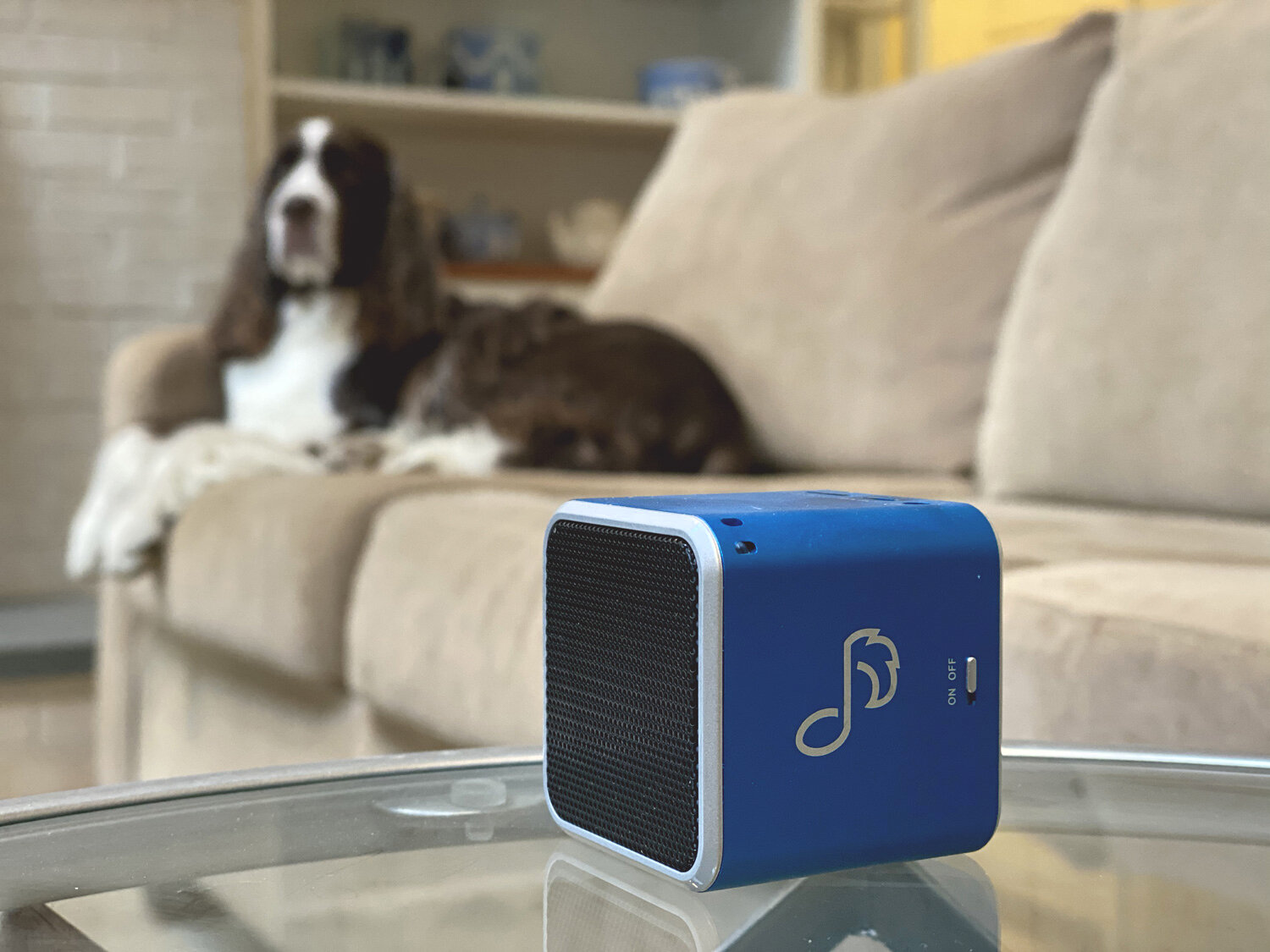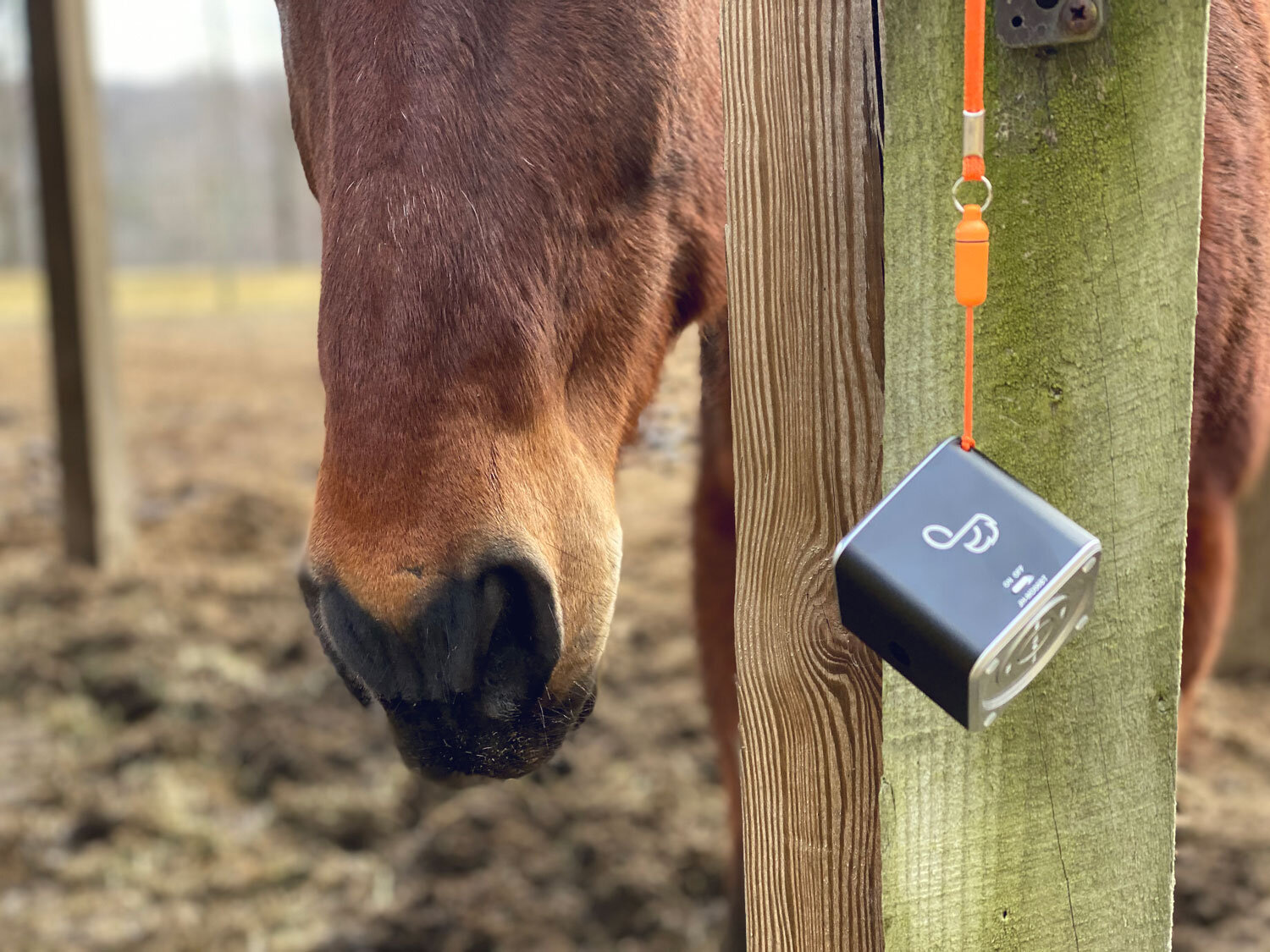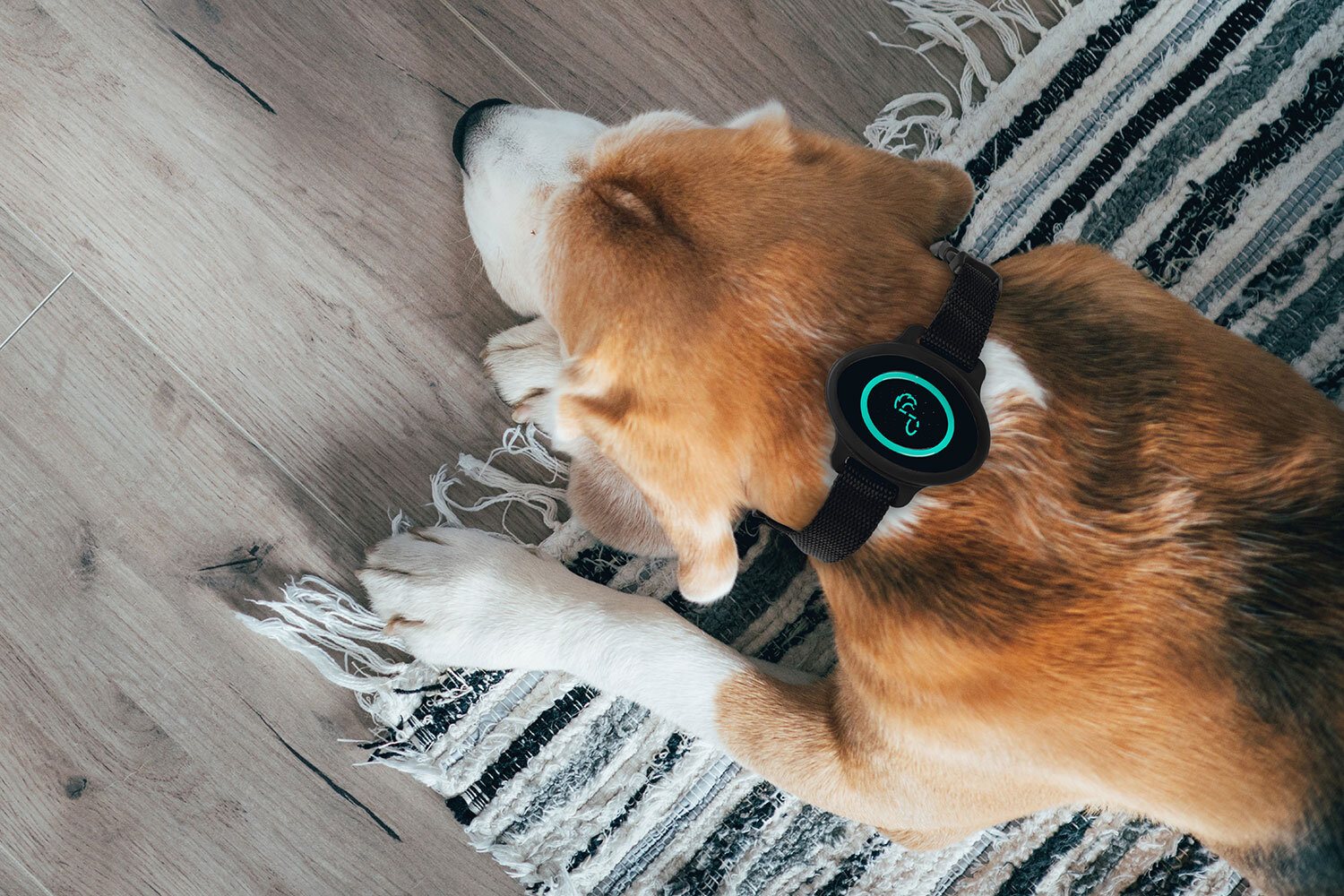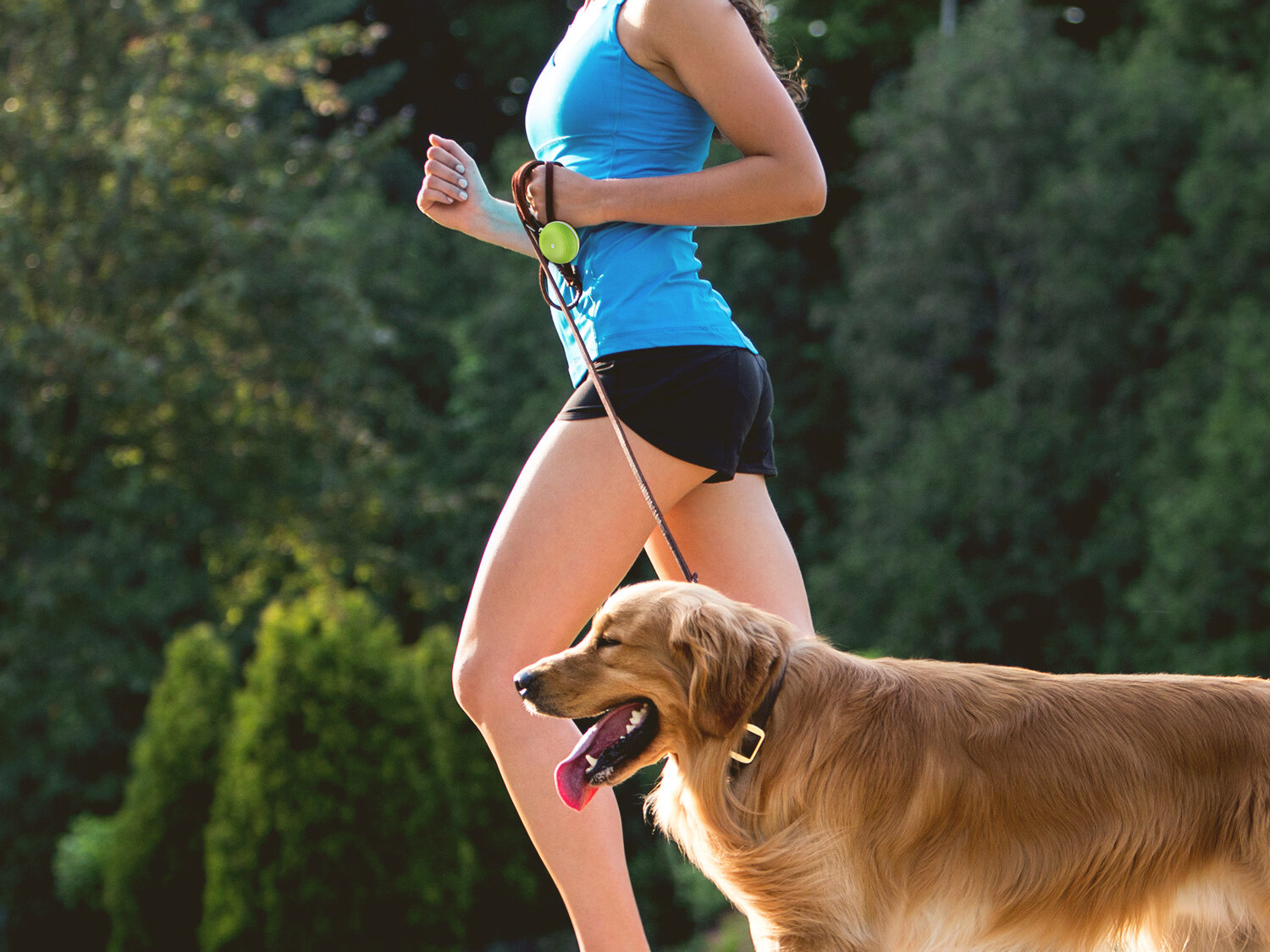From Companionship to Quiet Homes: Pet Separation Anxiety
From Companionship to Quiet Homes: How Our Furry Friends Cope with Separation Anxiety
As the summer comes to a close, the return to the regular school and work routine can be a bittersweet experience. While parents might secretly relish the peace and quiet, it can be a challenging time for our furry family members. Dogs, in particular, often struggle with the sudden separation from their beloved humans when kids go back to school and parents return to the office. In this blog, we'll explore the phenomenon of separation anxiety in dogs, offering tips and insights to help make the transition easier for both you and your loyal canine companion.
Understanding Separation Anxiety:
Dogs are social animals, and they thrive on the companionship of their human family members. When these family members suddenly disappear for hours at a time, dogs can experience a range of emotions, from anxiety to loneliness and even sadness. Separation anxiety is a real and common issue among our four-legged friends, but it's essential to recognize the signs and support them during this transition.
Signs of Separation Anxiety: Excessive barking or howling, Destructive behavior (chewing, digging, scratching), Potty accidents indoors, Pacing or restlessness, Changes in appetite, Depression or lethargy
How to Help Your Dog Cope:
At Pet Acoustics, we understand the emotional toll this can take on both you and your pet when left alone. That's why we've developed Pet Tunes and Pet Tunes Pro, two revolutionary products designed to help alleviate and manage pet separation anxiety.
Pet Tunes: This compact device utilizes advanced acoustic technology to create a comforting environment for your beloved companion, even when you're not around.
Pet Tunes Pro: Pet Tunes Pro takes pet relaxation to the next level. This professional-grade device is primarily designed for veterinary clinics, pet groomers, and animal trainers, and great for homes or multi-pet households. Learn more…
Investing in Pet Tunes or Pet Tunes Pro is investing in your pet's emotional well-being. By incorporating this innovative technology into your pet's life, you can provide them with a consistent and soothing audio environment, ultimately helping to alleviate their separation anxiety and bringing peace of mind to both you and your furry companion.
Gradual Transition: If possible, start the transition back to work and school slowly. Begin by leaving your dog alone for short periods and gradually increase the time apart. This can help them adjust to being alone again.
Create a Safe Space: Provide a comfortable and safe space for your dog when you're not home. This might include a cozy crate or a room with their favorite toys and bedding.
Interactive Toys: Invest in interactive toys or puzzles that can keep your dog engaged and mentally stimulated while you're away. This can help distract them from your absence.
Regular Exercise: Make sure your dog gets plenty of exercise before you leave. A tired dog is often a calmer and less anxious dog. Morning walks and playtime are great ways to accomplish this.
Maintain a Routine: Dogs thrive on routine, so try to maintain a consistent schedule. This includes feeding times, potty breaks, and playtime.
Seek Professional Help: If your dog's separation anxiety is severe, it may be wise to consult a professional dog trainer or behaviorist who can provide guidance and training to alleviate their anxiety.
Remember, it's crucial to be patient and empathetic during this transition. Your dog's anxiety will likely decrease as they become accustomed to the new routine.
The Positive Side of Back-to-School and Work:
While the return to school and work can be tough on our furry friends, it's essential to focus on the positive aspects. The structure of a routine can be beneficial for your dog, and it can also give you a sense of accomplishment and purpose outside of your home.
In conclusion, as we navigate the back-to-school and back-to-work period, let's not forget about our canine companions. Understanding and addressing their separation anxiety is a key part of helping them adapt to the changes. With a little patience, love, and support, both you and your furry friend can make the transition back to a more structured routine a positive experience for everyone. So, let's cherish our time together, even more, when we're back home, and make every moment count.







